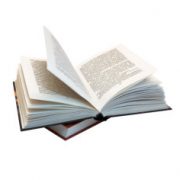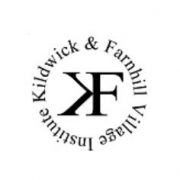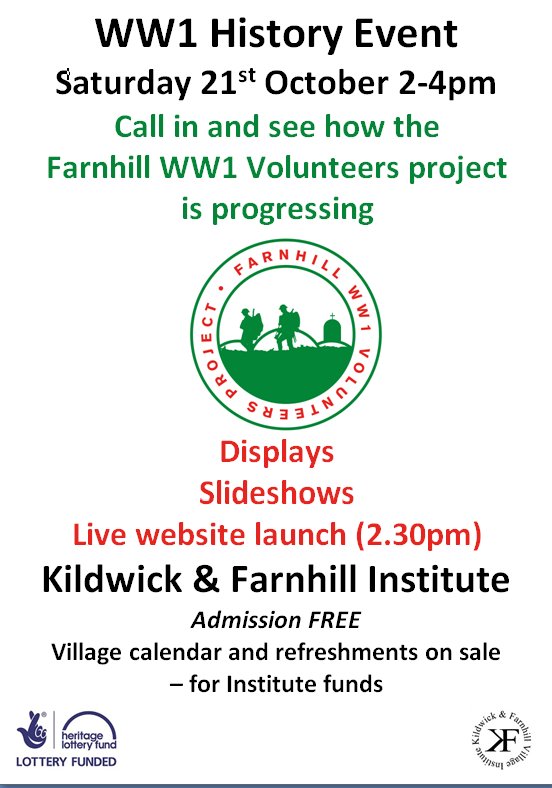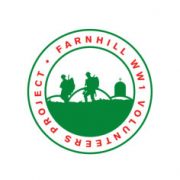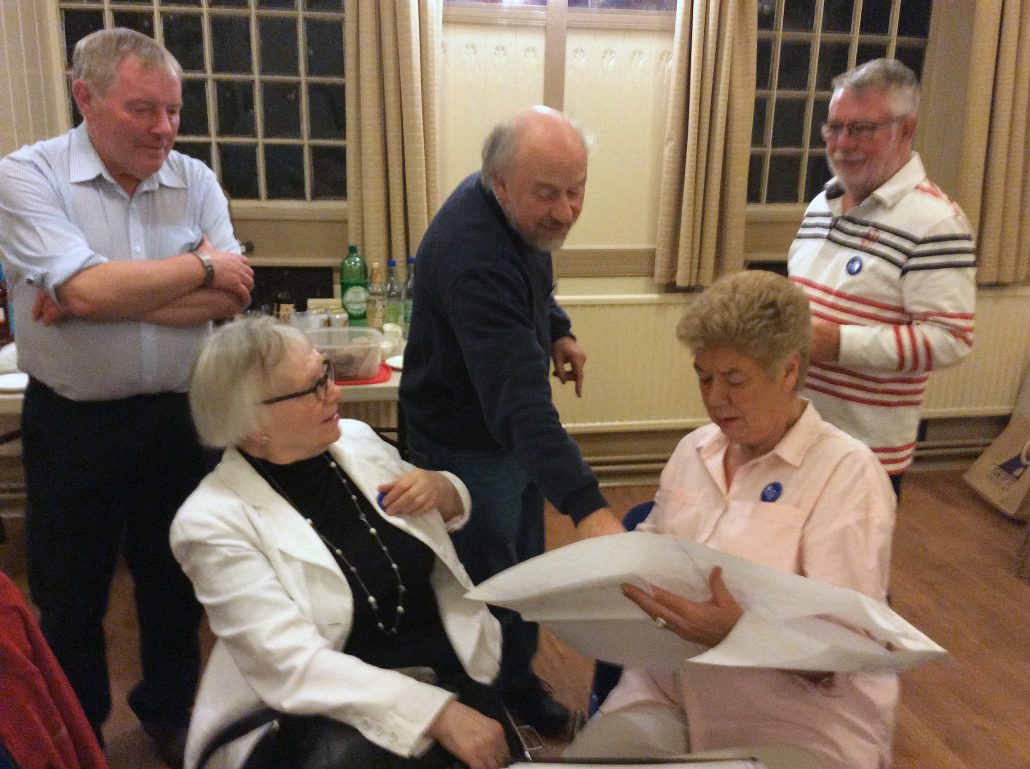The photograph below has been in the Farnhill and Kildwick History Group archive for some time – indeed it first appeared on the History Group website in 2013, as a “Mystery”.
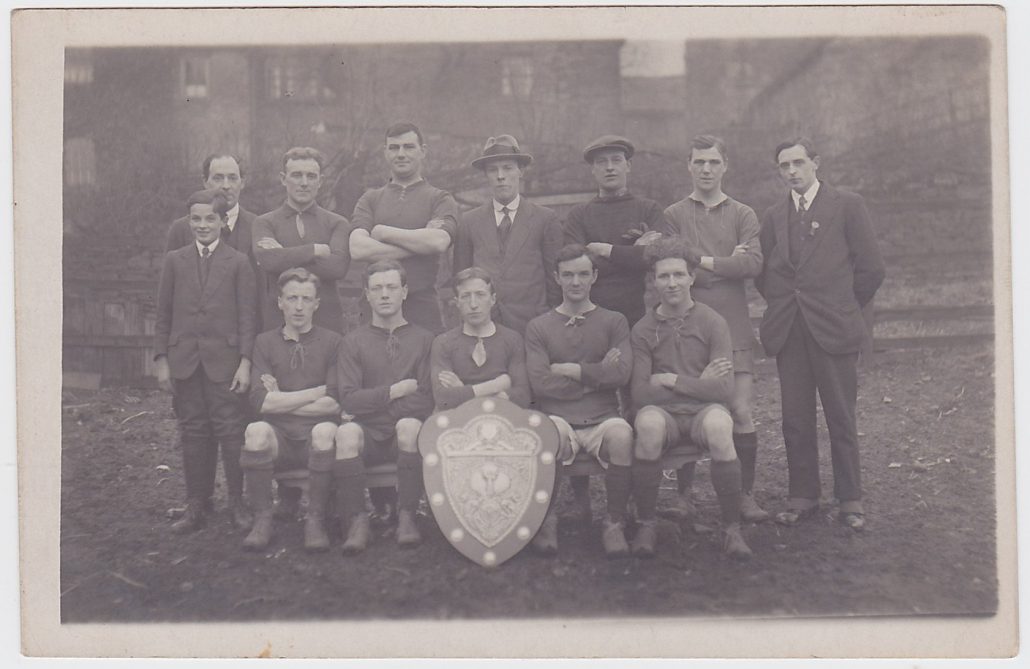
Kildwick Old Boys football team, 1919-20 season
Research carried out by this project has revealed that the photograph is of the 1919-1920 season Kilwick Old Boys football team, which included a number of the Farnhill WW1 Volunteers. The team ended the season, the first after football resumed following WW1, as champions of the Keighley District second division and are shown with the “Victory” shield.
Although the photograph doesn’t have a “cast list” we know from contemporary news reports that the playing members of the team were:
- Tom Hargreaves (captain) – centre, front row
- Alec Hargreaves (vice-captain) – far left, front row
- Albert Bower (goalkeeper) – third from right, back row
- Richard Inskip – second from left, front row ?
and others whose position on the photograph we don’t know:
- H. Kitson – probably Harry Kitson (b. 1897), rather than Herbert Kitson (who would have been in his 40s in 1920; b. 1877)
- J. Kitson
- Charles Barritt
- A. Barker
- N. Thompson
- J. Brown
- J. Harwood
- C. Johnson
- A. Barrett
- S. Lister
- C. Brent
The non-playing “officers” of the club included treasurer Eric Green, who appears on the photograph – far right, back row.
So, it’s no longer a total mystery – but if you can help us match more of the players’ names to the faces, please send an email to farnhillww1volunteers@gmail.com

